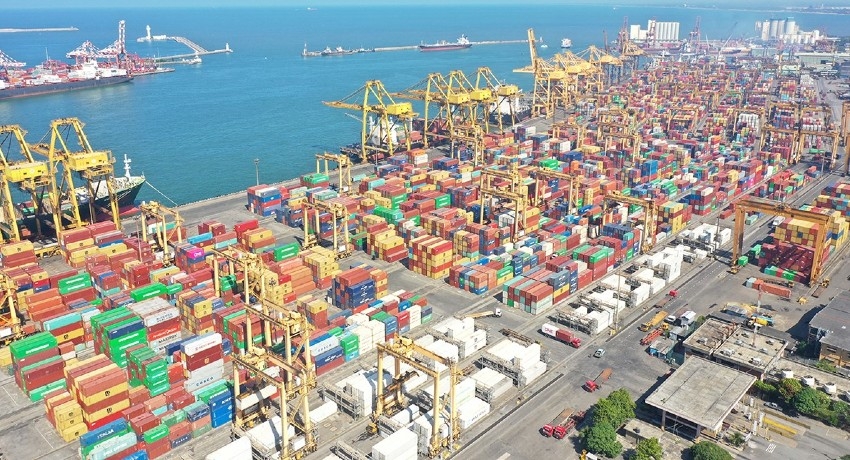
Exporters in China are raising prices by 10% or more, adding to inflation risk on top of the existing shipping crisis

- Chinese exports are getting pricier on the back of higher input prices in China amid the shipping crisis.
- Demand is surging in the developed world as economies recover from the COVID-19 pandemic.
Chinese exporters are hiking prices, injecting inflation risk into a global economy already hit by supply chain and shipping disruptions.
At a trade fair in the manufacturing hub of Guangzhou, exporters are quoting double-digit increases for products ranging from trampolines to watering cans.
A key reason for rising product prices is a rise in input price in China that comes on the back of factory gate inflation – which rose to a record of 10.7% on-year in September due to surging commodity prices globally, according to China’s statistics bureau.
The situation is exacerbated by an energy crisis that has sent coal prices to a record high in China. Last week, Chinese authorities allowed electricity to rise as much as 20% against a benchmark – up from the previous 10% level.
Meanwhile, demand is surging in the developed world as economies recover from the COVID-19 pandemic. But supply is rushing to catch up, with several manufacturing hubs in Southeast Asia still grappling with the fallout from the virus. All this comes amid the shipping crisis that has sent transportation costs soaring.
The Chinese exporter price hikes are trickling down the supply chain. Data from the US Bureau of Labor Statistics shows price increases of about 4% for goods from China in the 12 months ending in September.
While Federal Reserve chair Jerome Powell has said the spike in global inflation is temporary, exporters at the Guangzhou trade fair offer little consolation for the immediate term.
“Whichever sellers our customers go to, the reality they’ll have to face is the same: price increases,” salesperson Lyric Lian told.

